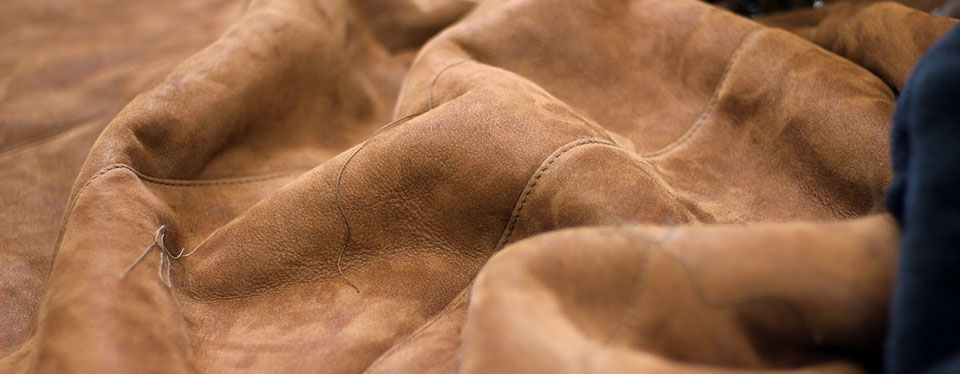Natural features
Cattle are living all over the world. More than 400 breeds are known. Except at the North and South Pole cattle are held as livestock in all regions of the world. The primary purpose is the extraction of milk and meat. The secondary and waste products – for example hides and dung – are hardly less welcome and are put into use by humans.
The farming methods of cattle are very different.
From huge herds that are all-season out on large grazing areas on a South American farm to a single cow in a pen next to a hut, from a simple shed that provisionally protects from the elements to a high-tech cowshed you can find every variation in the keeping of cattle. Correspondingly different are the life circumstances and environmental influences that the animals are exposed to. And these often leave their marks on the hides.
If the cattle are mostly outdoors they come into contact with sharp or hard-edged parts of plants, with pasture demarcations like fences or barbed wire. In hierarchy fights the animals can hurt each other with their horns. Piercing and sucking insects annoy the cattle just like us humans. But they can only hit them with their tail to get rid of the nuisances. Nevertheless they have to bear itching and paining bites. Also in loose housing farms it can come to hierarchy fights in which the horned cattle wound each other. In stanchion barns the tying belts can excoriate the skin. Skin parasites like mites or lice are badgering the animals and their skin if it comes to an infestation.
All these influences caused by posture mark the leather that is tanned from the hide after slaughtering the cattle.
In addition there are processes like growth, weight gaining, pregnancy and illnesses that chance the structure of the hide.
Not to forget the injuries that are inflicted to them by humans. Every rawhide shows such natural features. On the leather they become visible after removing the fur which partly is intensified through tanning and coloring of the leather.
Which causes can underlie natural features and what they look like you can read on the following pages.

-crop-u66743.jpg?crc=472454490)

